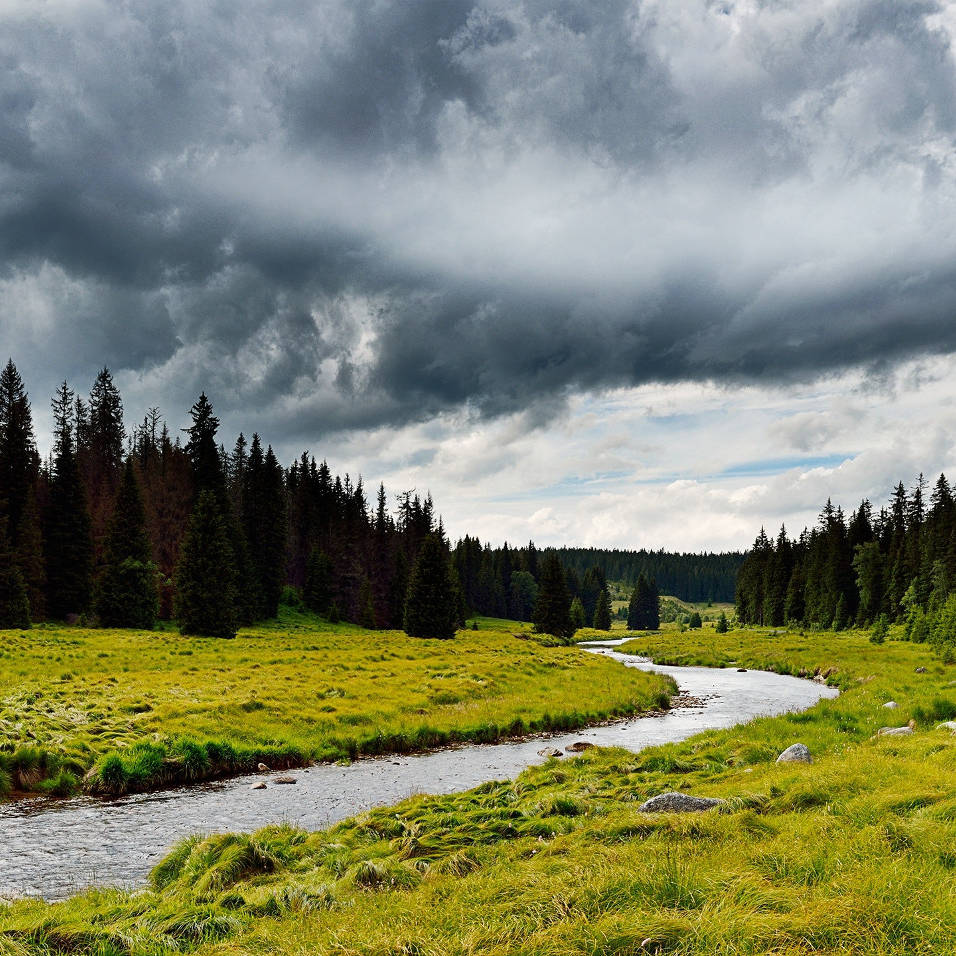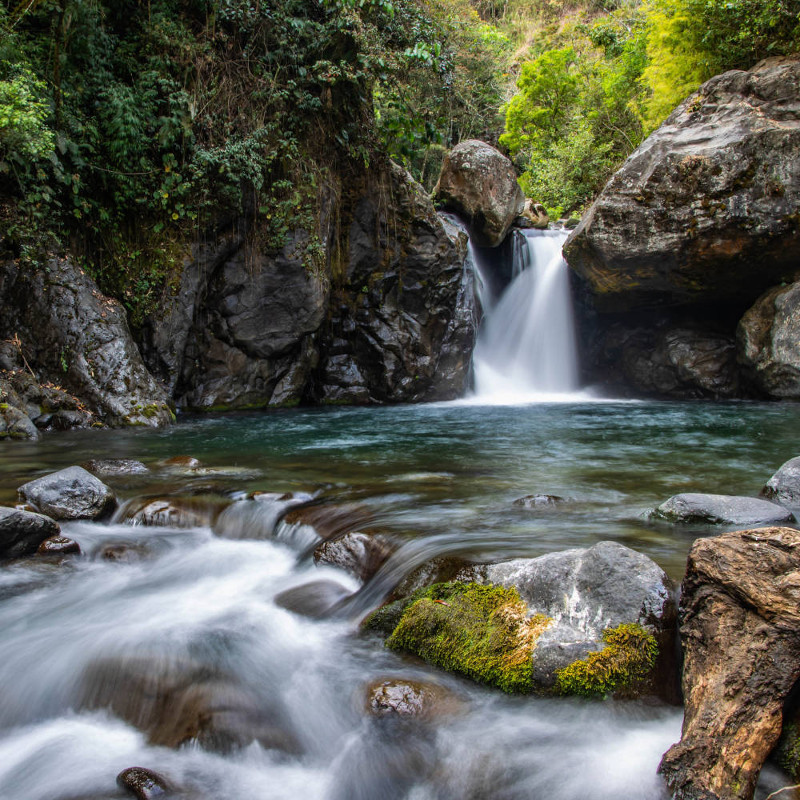-
Introduction to wetlands
Categories: Wetlands are difficult to understand by non-specialists, and by many specialists, too. There are differences among the general public perception of what is a wetland, the definitions used by wetland scientists, and the definitions used by regulators on jurisdictional wetlands. This primer is designed to provide an introduction to wetland definitions, how an area is determined to be wetland or upland, how the boundaries are determined, and wetland management considerations. Wetland management involves determining the functions and values of a wetland, criteria for enhancement, and design criteria for wetland creation. -
Introduction to Wetlands
Categories: Estimated reading time: 1 minutes
Wetlands are difficult to understand by non-specialists, and by many specialists, too. There are differences among the general public perception of what is a wetland, the definitions used by wetland scientists, and the definitions used by regulators on jurisdictional wetlands. This post is designed to introduce wetland definitions. Wetland water quality is regulated under Section 404 of the Clean Water Act. The definition of wetland used by wetland scientists may not be the same as that used by the wetland regulator. -
Natural vs. Man-made Water Bodies
Categories: Estimated reading time: 2 minutes
Project objectors may claim that mining and energy projects cannot create “real” treams and lakes during reclamation. Regulators ask operators to respond, and too often responses are inconclusive. Delays, litigation, or expensive eforts that inadequately address those concerns follow. Non-ecologists might accept claims of adverse environmental impacts by man-made streams and lakes. However, when complete ecosystems are correctly characterized and classified the dynamics of natural and man-made water bodies are indistinguishable. -
Ecologists have determined that landscape edges—boundaries separating one type from another—have higher biological diversity and productivity than do the areas on either side of them. These transition zones are important to animals: mammals, birds, reptiles, insects, and fish. In terrestrial ecosystems edges are found between woodlands and grasslands and between forests and meadows. In aquatic ecosystems the edges are stream and river banks and pond and lake shores; the edges separating aquatic and terrestrial ecosystems are called riparian zones.
-
Riparian Zones and Buffers
Categories: Estimated reading time: 2 minutes
Ecologists have determined that landscape edges – boundaries separating one type from another – have higher biological diversity and productivity than do the areas on either side of them. These transition zones are important to animals: mammals, birds, reptiles, insects, and fish. In terrestrial ecosystems edges are found between woodlands and grasslands and between forests and meadows. In aquatic ecosystems the edges are stream and river banks and pond and lake shores; the edges separating aquatic and terrestrial ecosystems are called riparian zones. -
Why Water Quality Improvement Projects Fail
Categories: Estimated reading time: 3 minutes
Water quality matters for humans, livestock, fish and wildlife, and plants including food crops. Too often policies and regulations are ineffective while restoration projects fail to achieve intended goals. The problem is seen in environmental impact assessments, point- and nonpoint-source discharges, and Superfund sites. While some reasons for failure are project-specific, three common and easily avoided reasons are the lack of knowledge about spatial and temporal distribution of the chemical of concern, no information about the causes and amount of variability, and the focus on concentrations at a local point rather than on the entire ecosystem.



